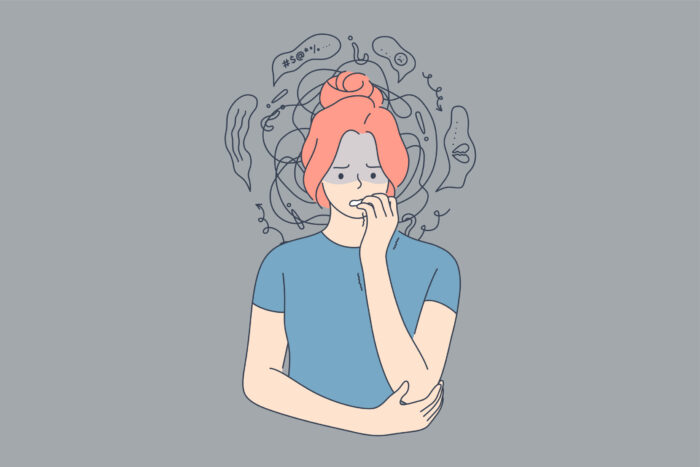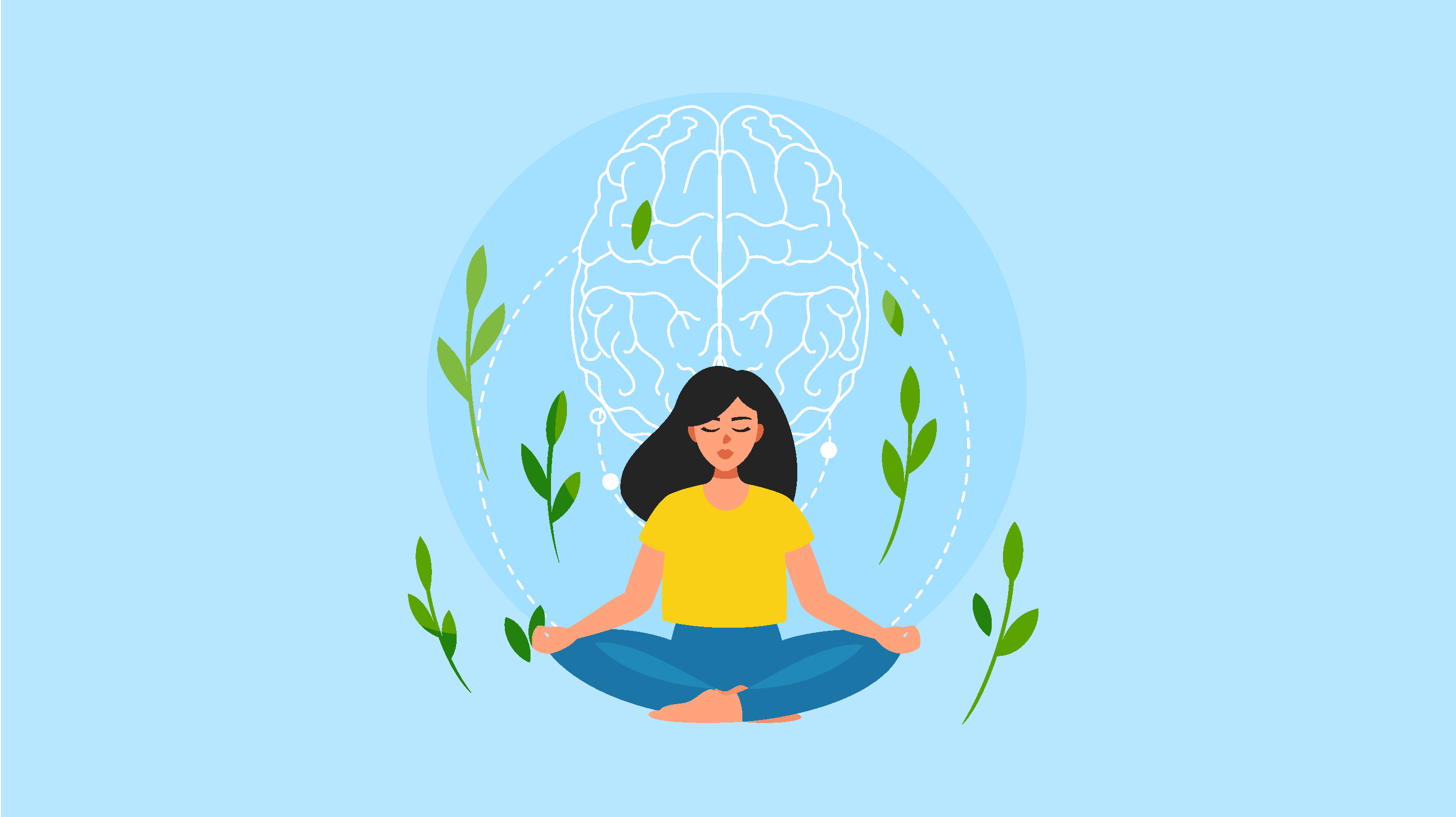Anxiety, a pervasive condition, affects individuals across all age groups, manifesting in varied symptoms tailored to their developmental stages and environments. Recognizing these signs early on is crucial for timely intervention and support, which can significantly improve one’s quality of life and functionality across personal and professional spheres.
This guide will help you recognize anxiety’s sneaky ways of showing up throughout life. The more you know, the better you can deal with it.

Children (Preschool and Early Elementary School)
Young children often lack the vocabulary to express their anxiety verbally.
Here are some signs to watch out for:
Physical symptoms
Look for frequent stomachaches or headaches, which can be telltale signs of underlying stress or anxiety. Additionally, watch for changes in sleep patterns, such as difficulty falling or staying asleep, and alterations in appetite, either increased or decreased.
Behavioral changes
Observe behaviors like increased irritability or unexpected crying spells. Young children may also exhibit frequent tantrums or distress during routine separations from their caregivers. A reluctance to engage in new activities or experiences can also be a sign of anxiety.
Social difficulties
Pay attention to how young children interact in social settings. Difficulty making friends or excessive shyness can indicate anxiety.
These indicators suggest that young children might be experiencing anxiety, and early intervention through counseling or child-friendly therapies could be beneficial.
School-Aged Children (Later Elementary and Middle School)
As children develop language skills, they may express their anxiety verbally.
Here’s what to look for:
Excessive worry
Children might constantly express concerns over their school performance, social interactions, or fear about future events. This can manifest as a persistent need for reassurance about relatively minor worries.
Negative thoughts
Listen for expressions of self-doubt or failure. These children might frequently speak about their perceived inability to meet expectations, fixate on past mistakes, or imagine the worst outcomes in various scenarios.
School avoidance
Pay attention to repeated complaints about not wanting to attend school. This avoidance often stems from fear-driven anxieties, which could be about specific events, social interactions, or performance pressures.
For these children, interventions might include involvement in mental health outpatient programs, which provide structured therapeutic activities designed to reduce anxiety and improve coping mechanisms.

Teenagers (High School)
Teenagers experience many pressures, including academic expectations, social anxieties, and physical changes. Anxiety in this age group can manifest as:
Social anxiety
This includes intense fear or dread of social interactions and situations where the teenager feels judged or scrutinized. It might result in them avoiding extracurricular activities or social gatherings altogether.
Panic attacks
Teenagers might experience sudden, intense bouts of panic characterized by symptoms such as heart palpitations, shortness of breath, dizziness, or a feeling of impending doom. These episodes can occur unexpectedly and are often highly frightening.
School avoidance
Anxiety can lead teenagers to skip school or even drop out entirely. This avoidance often stems from fears about academic performance or social interactions within the school environment.
For teenagers, effective interventions may include cognitive behavioral therapy, peer support groups, and when necessary, medical evaluation.
Adults (Young Adulthood to Middle Age)
Adults face complex stressors, including work demands, financial pressures, and relationship challenges. Anxiety in adults can present itself as:
Generalized anxiety disorder (GAD)
This is characterized by excessive, ongoing worry that is difficult to control. Adults may worry disproportionately about job responsibilities, health, finances, or family, even when there are no signs of trouble.
Obsessive-compulsive disorder (OCD)
Adults may engage in repetitive behaviors or mental acts they feel driven to perform. These can include excessive cleaning, checking, or arranging things in a certain way, often rationalized as necessary to prevent unrealistic disasters.
Phobias
Intense, irrational fears of specific situations or objects that lead to avoidance behavior can significantly disrupt daily functioning. Common phobias include fear of flying, heights, or specific animals.
Treatment options for adults may include professional counseling, lifestyle modifications, and, in some cases, pharmacological interventions.
Older Adults (Later Adulthood)
Anxiety in older adults can be triggered by life changes such as retirement, health concerns, or loss of loved ones.
Here are some common signs:
Health anxiety
Older adults may experience increased concerns about their health, interpreting minor ailments as indicators of serious disease. This worry can become all-consuming, often exacerbated by the regular emergence of real health issues typical of aging.
Sleep problems
Changes in sleep patterns, like difficulty falling asleep or staying asleep, are common. Anxiety can often disturb sleep, leading to a vicious cycle of sleeplessness and increased anxiety.
Irritability
An increase in irritability or short-tempered behavior may be observed. This can sometimes be a reaction to the stress and frustration that comes with the perceived or actual loss of independence.
For older adults, therapeutic approaches might include cognitive-behavioral therapy, social engagement programs, and medical assessment to address both psychological and physical factors contributing to anxiety.
Final Thoughts
Understanding the spectrum of anxiety symptoms across all age groups enables more effective recognition and intervention, enhancing the quality of life for those affected. Tailored strategies ranging from early counseling for children to specialized therapies for adults can make a significant difference.
If you or someone you know is struggling with anxiety, consider reaching out to Compass Health Center. They offer comprehensive mental health care tailored to each life stage, with in-person and virtual care options available to meet diverse needs. Get in touch with a reputable mental health service provider today.








Leave a Reply
You must be logged in to post a comment.